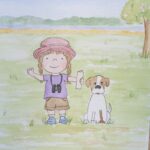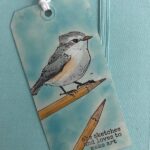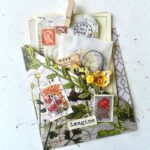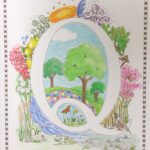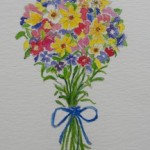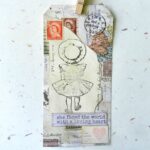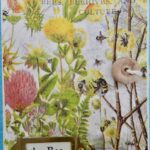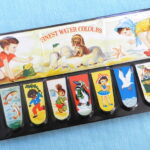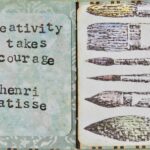Nature Journaling: A Valuable Teaching Tool
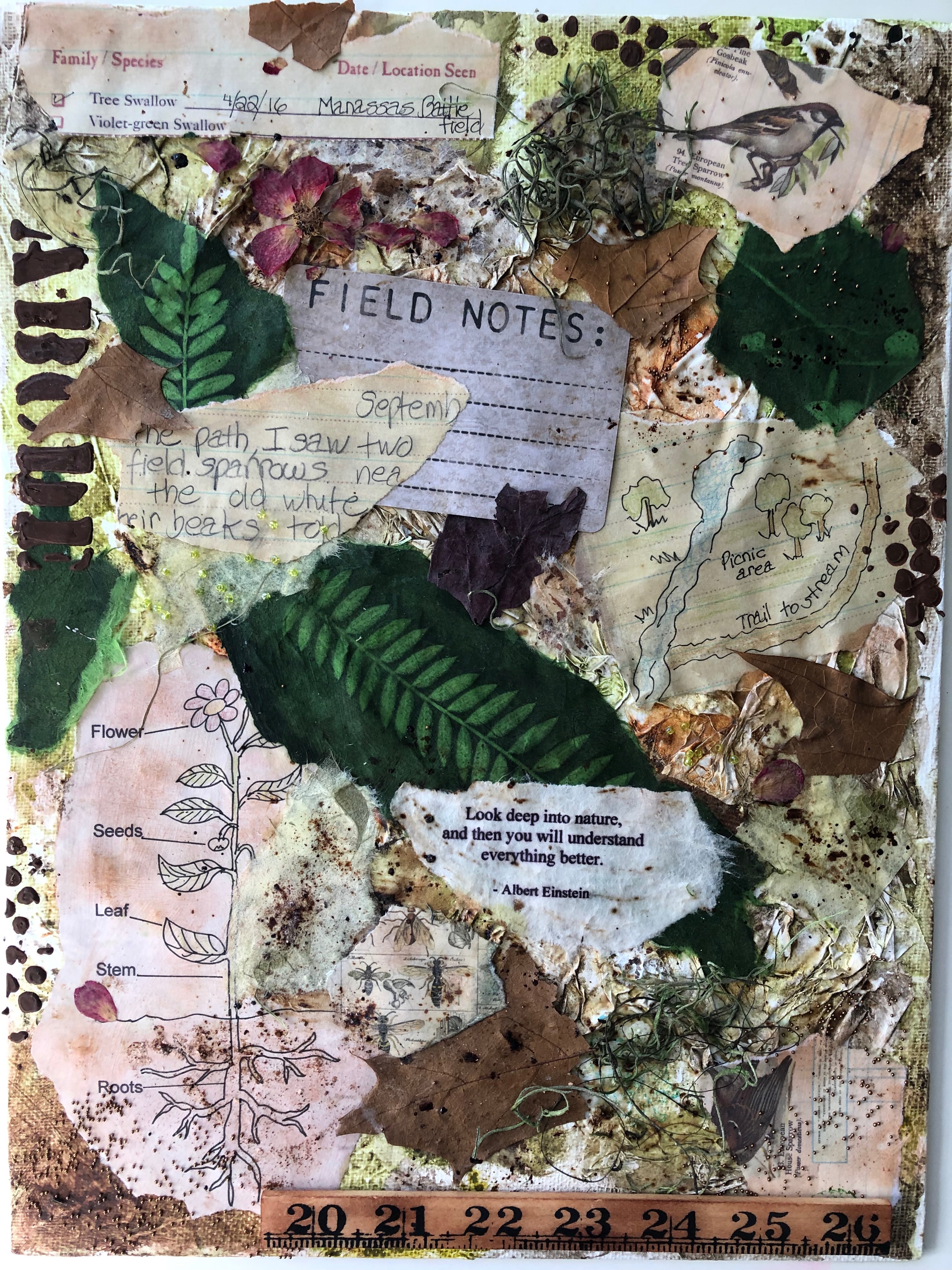
February 2, 2019
“Look deep into nature, and then you will understand everything better.”
– Albert Einstein
“Look deep into nature,
Last week I had the opportunity to meet with education students from George Mason University and introduce them to nature journaling. Their class, Natural Science for Educators (EVPP 490), meets at the beautiful Potomac Science Center in Prince William County, Virginia. Located on Belmont Bay, near the mouth of the Occoquan River, the GMU facility is home to the Potomac Environmental Research and Education Center and the Center for Geospatial Intelligence. Cold weather kept us indoors on this day, but taupe-colored winter trees and the blue-gray water of Belmont Bay provided a lovely backdrop (even through the windows) for our interactive session.
In this course, Professor Cindy Smith presents the basics of teaching K-12 science topics that include astronomy, plant structure and function, animal adaptations, earth science, and current environmental topics. Excited to be part of this interesting syllabus, I showed students how nature journaling can be a useful scientific tool.
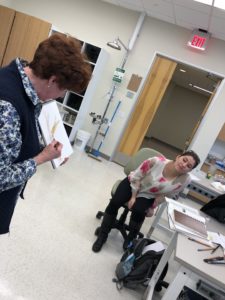
The students, watercolor pencils in hand, proved to be enthusiastic and artistic journalists as they sketched and described natural objects that had been collected in the area. Our discussion included journaling basics, methods and supplies.
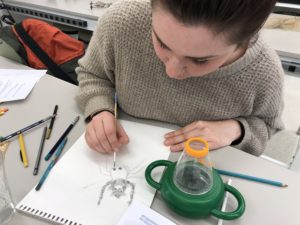
Although this type of journaling involves sketching and note taking, it is more than just art and record keeping. Nature journaling provides an interesting and fun way to connect with, and learn about, the outdoor world, while incorporating and developing skills from other areas of study. Looking and listening remain key, but many skills contribute to a good journal, such as measuring, diagramming, and mapping. Journals become a database for other projects or lessons and can be used to introduce concepts in soil science, weather, plant structure and function, life cycles, ecology, and other science topics. For creative writing practice, I encourage students to write haiku poems as a way to capture what they see and feel.
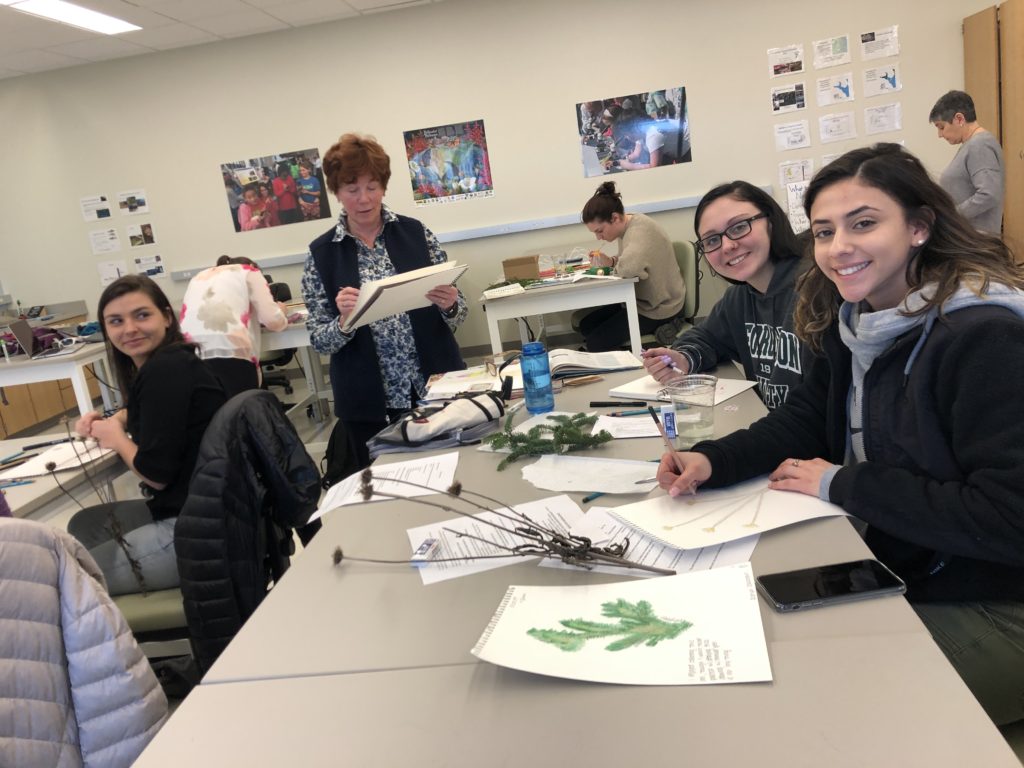
Added non-academic benefits of nature journaling – developing curiosity, creativity, and observation skills. Journaling of any kind gives ourselves permission to be quiet, focus, and reflect on the world around us.
This week’s art reflects the web of relationships between nature and other fields of study (math, writing, drawing maps). I incorporated various types of paper, natural objects, vintage images, beads, and a ruler. Paper and objects were applied with matte gel medium to an 8″ x 10″ canvas panel.





